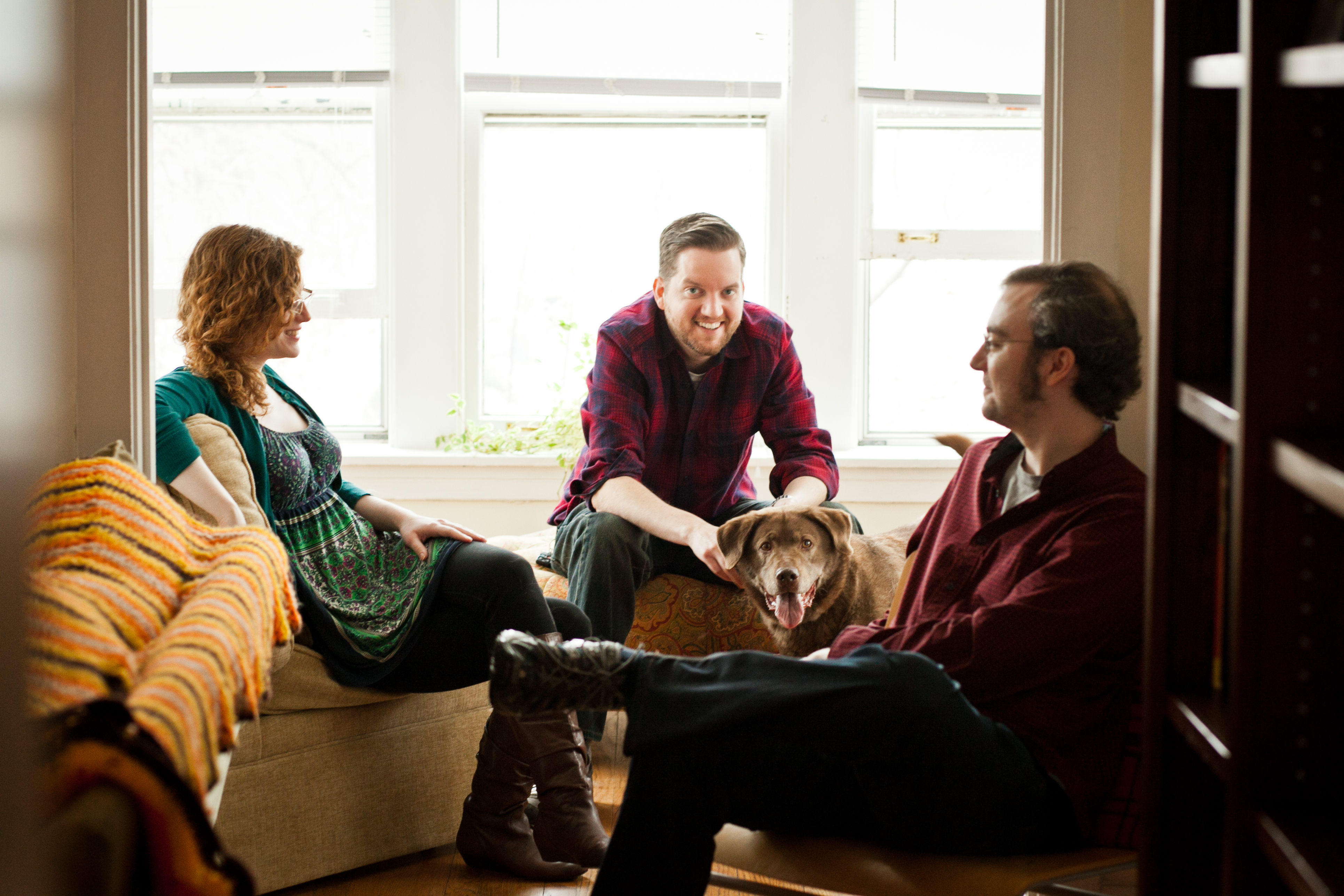April 30, 2013
read the article levitra without prescription

This weekend we hosted two pretty great friends of ours for dinner. We enjoyed a ton of good laughs and it was really fun spending time with them.
One of things I appreciate about this couple is our phone conversations leading up to the dinner dates we set.
“If I brought Chauncey a toy, he’d still probably hate it, right?”
“You know he looks like that shrimp from Sesame Street, am I wrong?”
Sarcastic jokes and funny observations about my weird dog give me the chance to provide a heads up to people coming by. And I use it to my advantage when training Chauncey, who will always be a work in progress.
This brings me to today’s topic. A lot of Rover-Time clients ask for my best advice on introducing their dog to new people. They’re tired of those undesired behaviors: the jumping, repeated barking, and the growling. So here are a few simple tips:
- Before your friends arrive, speak with them in advance about the training you’re doing with your dog. Explain that you’re working on polite greetings and that their support makes a difference and helps a lot.
- Leash your dog before opening the door for visitors. It’s up to you to keep control of the situation. Have treats handy to reward your dog’s good and calm behavior and any progress they make.
- Teach your visitors the importance of their body language and how it translates to your dog. For example, they could take a sideways stance instead of looking at him head-on. Dogs perceive this as less threatening. Pretending to be indifferent to him (by avoiding direct eye contact or looking in another direction) will also help set your dog at ease and sends a signal that your guest means no harm.
- Share a handful of dog treats with your guests. When your pup does a sit-stay or goes into the down position, they can offer one treat at a time.
For those of you with a fearful dog, or if you live with more than one, I have some additional tips for you:
- Never try to introduce your dog to a visitor if he seems stressed. It’s never good to force a dog into a behavior. Set up a tall baby gate near your entry that your dog can look through from a distance. This approach won’t directly modify your dog’s behavior but it protects your guests and prevents a scared or nervous dog from possibly escaping through the front door.
- Crate your dog or put him in a separate room and distract him with a really yummy treat. This practice alone also doesn’t change unwanted greeting behavior. However, it guarantees safety and is particularly useful for dogs who are not used to a lot of visitors, or who dislike strangers, or those who have guarding instincts.
- If you have more than one dog, avoid having them greet visitors at the door. Even if the dogs show acceptable greeting behavior individually, when they convene at the door, they may excite one another while competing for the visitor’s attention. The excitement could even lead to a fight or a bite.
There a ton of fantastic resources out there to help you out with your dog. If you’re interested in a book or article recommendation, leave a comment and I’ll share my favorite links. And remember, for persistent problems or more direct guidance, consult a behaviorist or a trainer.
Now I want to hear from you!
- Have you tried any of these techniques? What worked for you and what favorite pieces of advice can you share that may help others?
- Leave a comment with ONE idea you learned that you’ll put into action today.
Remember to make your comment as specific and concrete as possible. Thank you, as always, for reading and for joining the discussion!
For you locals interested in learning more about introducing your dog to other visiting dogs, check us out in person! I will be speaking on the topic at CanineLink on May 19th.
Are you interested in dog walking services and live in Chicago?
Contact us today at support@rover-time.com or visit our Home Page for more information!
Image by Bethany Fritz, Maypole Studios Photography

Recent Comments